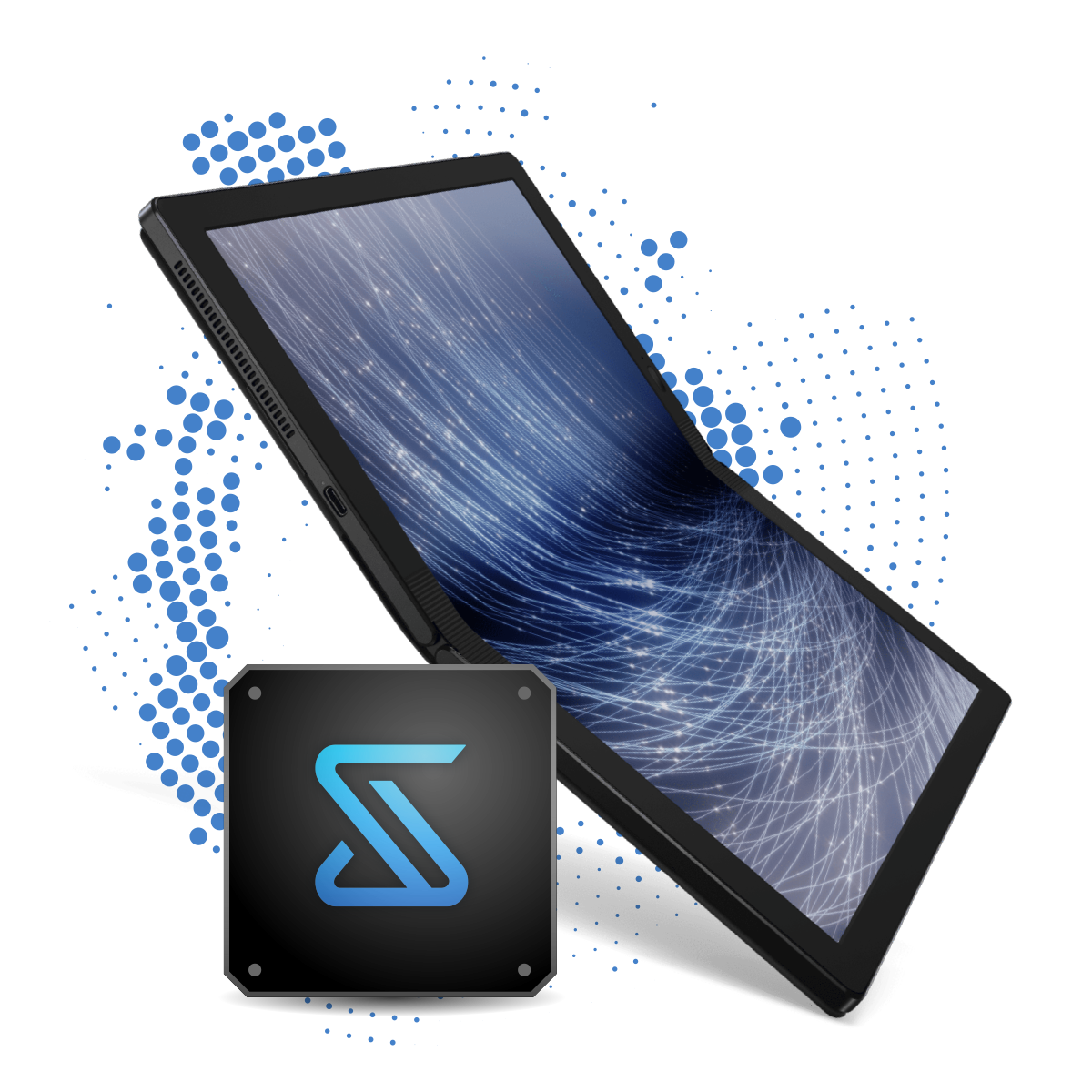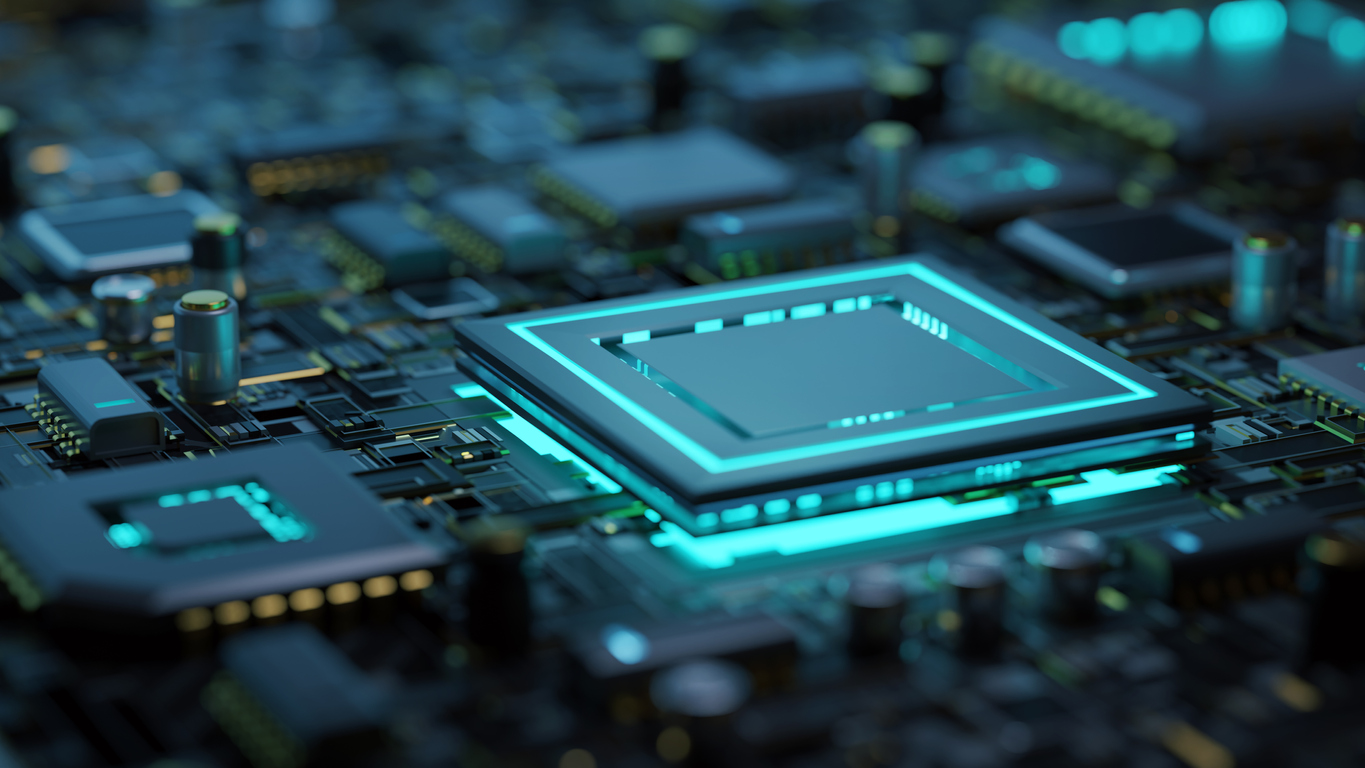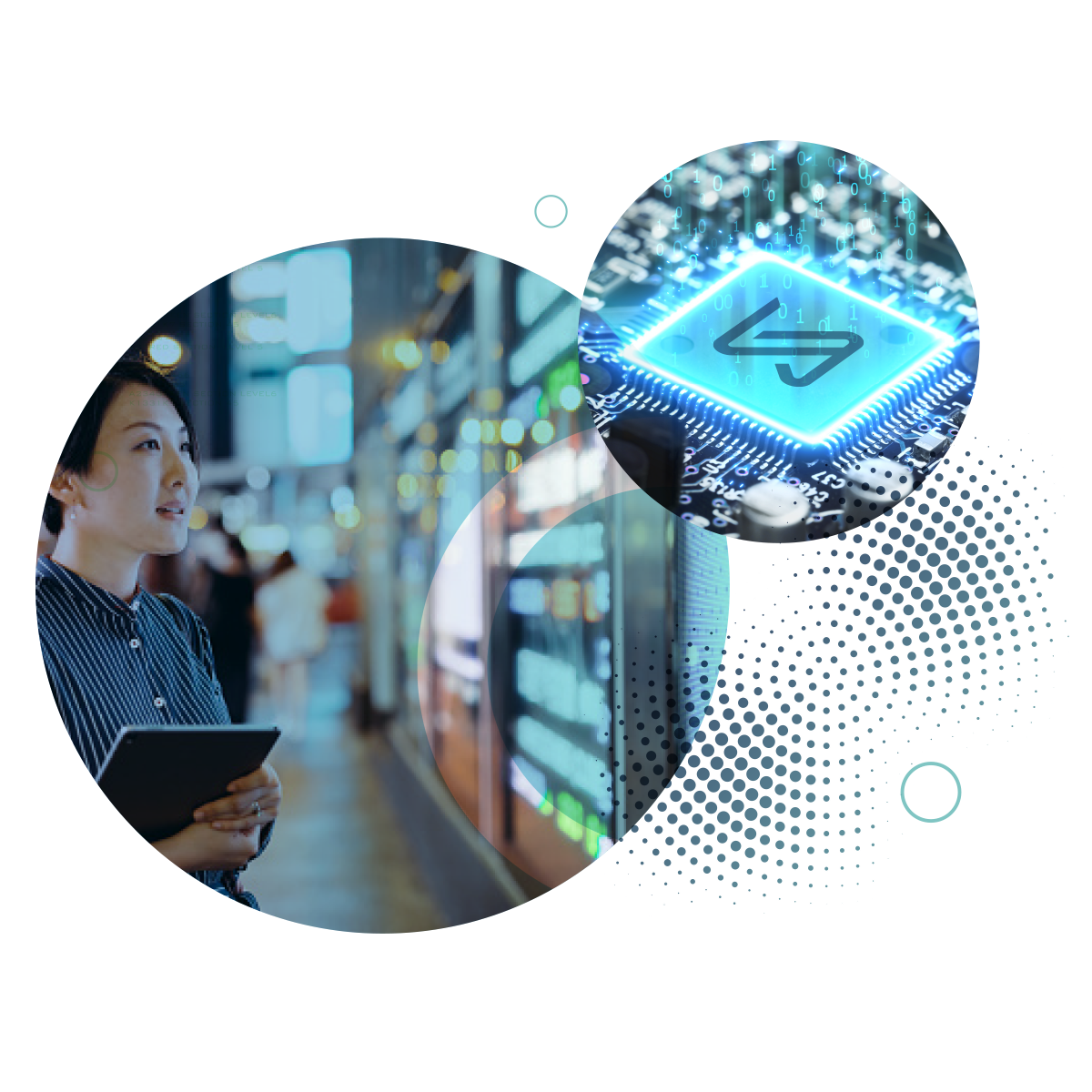The importance of SNR in real life
Signal to Noise Ratio (SNR) is a key factor in every aspect of life. It is defined as the scientific measure that compares the level of a desired signal to the level of background noise or to quantify how much a signal has been corrupted by noise. We live in a world of constant bombardment of “information” but it’s difficult to know which information is important (the signal), and which information is just creating confusion (the noise). The signal is meaningful information that you are trying to detect. The noise is the random unwanted clutter that interferes with your signal. As Nate Silver said in his popular book, The Signal and the Noise, “The signal is the truth. The noise is what distracts us from the truth”.
Think of it as trying to tune an analog radio. You tune the frequency knob looking for a station amongst the static until you get a clear signal of voice or music. With good tuning and a strong signal compared to the background static, you get what’s called high SNR – a very desirable outcome. High SNR is even needed in environments like social media. Anyone who has scrolled through Twitter or Facebook knows that finding the signal through the clutter of written and verbal noise can be quite a challenge.
SNR is especially important in the world of data. With the explosion of data that is being gathered for use in machine learning, AI (Artificial Intelligence) and analytics, the quality and integrity of that data are critical for correct decision-making and prediction. There is an adage about systems: “Garbage in equals garbage out”. In a world where data affects almost every aspect of our lives, SNR matters more than ever. The higher the SNR, the better the data and experience, and the better your life. When we have higher SNR, we find truth.
Transducers make the world digital
High SNR is important in electrical systems that pervade our everyday life, improving outcomes in interaction with many devices. Imagine if the touch signal on your cell phone was obscured by environmental noise or deficient engineering design to the point that it didn’t work when you touched it. That’s a bad outcome that leads to a bad user experience. You may not have thought of it before, but in our digital world, most things like temperature, pressure, moisture, velocity, acceleration, wind speed, light, radio waves, and even the touch on your cellphone, are all analog. We convert this analog information into digital information so that we can analyze it and take appropriate action.
This is done using a transducer. A transducer is defined as a device that converts one form of energy into another. It can convert variation in a physical quantity, such as pressure or brightness, into an electrical signal, or vice versa. For example, the analog speed of a car’s tire rotation is measured by a transducer and converted to a digital signal that is analyzed and used by the ABS to keep traction on a slippery road. In that application, high SNR is critical in preventing a life-threatening accident.
Impossible things
SigmaSense developed an analog-to-digital conversion technology with higher SNR, leading to more resolution and accuracy than competing technologies. As a result, information capture that was previously thought to be impossible with interactive touch technology now has practical outcomes. For example, it is now possible to build a touch sensor that works in running water, works through 15 mm (about 0.59 in) of protective glass, works with heavy gloves, identifies “who” in a car is touching the screen, works at lighting fast speeds like 600 Hz – even on 100” displays, works with high impedance materials like PEDOT on exceptionally large displays, identifies objects like a phone, a pencil, a cup, or a wooden chopstick, and so much more.
In an interesting example, a decade of fruitless searching for a solution to the exceedingly difficult problem of deploying an outdoor public 100” display in a noisy and environmentally challenging location was finally solved using SigmaSense’s high SNR technology. SigmaSense’s new touch technology opens a world of possibilities not previously available. System designers and human machine interface (HMI) experts can now think differently about the end-user experience.
How do we do it?
So how does SigmaSense produce such a significant improvement? It’s our novel Sigma-Delta analog to digital technology. Unlike traditional systems that look for voltage changes and have a lot of analog preprocessing circuitry for the signal coming from the transducer, SigmaSense’s system measures current and goes direct to digital. This drops the need for analog signal conditioning and simplifies hardware design. See more info on direct-to-digital here.
SNR decides the winners
High SNR is needed in everyday life. It allows designers to make favorable engineering tradeoffs. It leads to higher reliability, better decisions, and better outcomes. It makes possible things that were previously impossible. A world with high SNR is a better world. SNR rules. SNR decides the winners. SNR is King.




